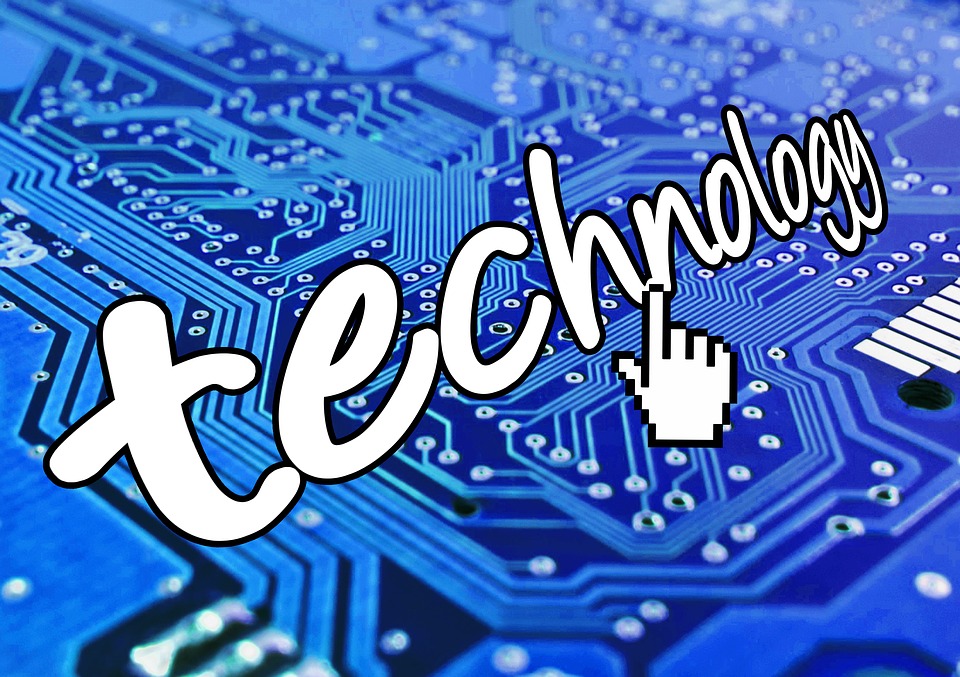1. Scanning Tunneling Microscopy (STM): This breakthrough technology, developed in 1981 by Gerd Binnig and Heinrich Rohrer, allowed scientists to visualize individual atoms and paved the way for nanotechnology research.
2. Carbon Nanotubes (CNT): Discovered in 1991 by Sumio Iijima, carbon nanotubes are cylindrical carbon structures with remarkable mechanical and electrical properties. They have since found applications in various fields, from electronics to materials science.
3. Quantum Dots: Quantum dots are nanoscale semiconducting crystals that exhibit unique optical properties. They have been essential for advancements in energy, medicine, and electronics due to their tunable properties and potential use in sensors, solar cells, and imaging technologies.
4. DNA Nanotechnology: DNA molecules have been used as building materials to construct nanoscale structures and devices, enabling the development of DNA-based sensors, drug delivery systems, and molecular computing.
5. Nanomedicine: The field of nanomedicine uses nanotechnology for diagnostic and therapeutic applications in medicine. Nanoparticles, nanocarriers, and nanoformulations have been developed for targeted drug delivery, imaging, cancer treatment, and regenerative medicine.
6. Nanosensors: Nanosensors have revolutionized the field of sensing by allowing the detection of extremely small amounts of chemicals, pathogens, or physical changes. These sensors find applications in environmental monitoring, healthcare, food safety, and industrial processes.
7. Nanoelectronics: The miniaturization of electronic components to the nanoscale has led to significant improvements in devices and computers. Nanoscale transistors, memory devices, and sensors have enabled faster, smaller, and more efficient electronics.
8. Nanoscale Materials: The development of various nanoscale materials, such as nanoparticles, nanofibers, and nanocomposites, has enhanced the mechanical, electrical, and optical properties of materials. These advancements have impacted industries like aerospace, construction, energy, and consumer products.
9. Nanophotonics: Nanophotonics combines nanotechnology and photonics to manipulate light at the nanoscale. This has enabled advancements in optical computing, telecommunications, solar cells, and efficient lighting technologies.
10. Nanofabrication Techniques: The development of precise and scalable nanofabrication techniques, such as electron-beam lithography, nanoimprint lithography, and atomic layer deposition, has enabled the manufacturing of nanoscale devices and structures.
It is important to note that the significance of individual developments may vary depending on personal perspective and specific applications.




